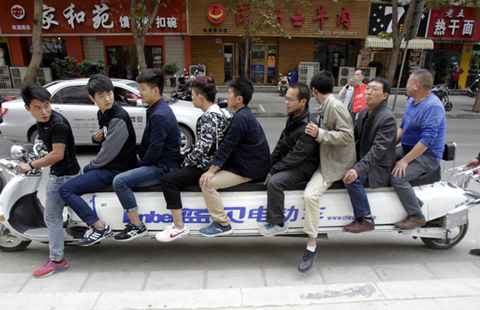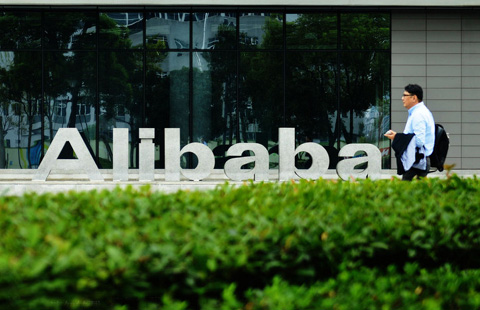A tick for graft fight, but much more is needed
By ED Zhang (China Daily) Updated: 2014-10-13 14:26Economists are already making forecast before the government issues data on Oct 21 of economic growth in the third quarter.
Wang Jun, a government thinktank economist, says average GDP growth from January to September will be 7.3-7.4 percent year-on-year. Though that would be lower than the annual target of 7.5 percent, it would be acceptable to China's leaders. And if the leaders insisted on the annual target, it would not be too hard to gain some more growth in the last quarter, given that since last month most mainland banks have relaxed loan terms to home buyers.
So for the full year China would not be seen as having failed to deliver its promised economic growth. Due reactions can be expected from the capital markets in Shanghai and Hong Kong.
A needed strong political argument can be derived from proven data to dissipate suspicions that the one year-long anti-corruption campaign, by having removed hundreds of greedy officials from their powerful positions, has deprived the nation's economic machine of its necessary grease. Which means Beijing has sufficient grounds to continue the anti-corruption campaign into a second year.
That would be the upside of the year. The downside is obvious: While the anti-corruption campaign has not hurt the economy, most of the reform that leaders pledged at the Third Plenum last November has yet to yield results. China is still waiting to harvest the promised "dividend of reform".
A loosening of housing market rules is enough to betray a lack of ideas, and therefore a lack of new things to do, in most regions and most industries. This is a very important lesson for China.
Admittedly, small companies have been springing up like mushrooms since the central government streamlined rules on business registration. If local officials do not understand, and do not want to understand, how to provide the expected services to the new companies, many of them may soon become mushroom organizations.
The challenge to the economy's overall transition remains that innovative and entrepreneurial activities have not become a main driving force. Right now, it is the real estate industry that sits in the driver's seat. And let's not forget that this is an industry that has built perhaps the world's largest number of ghost towns in a country that has passed the peak of its population growth.
Given the financial resources that have been tied to land development and housing, the risks related to housing can only seem more threatening in 2015.
Where can Chinese investors feel secure with their money? They cannot invest in the strategic industries under the domination of State-owned financial and industrial monopolies. They cannot expect immediate good returns from small online ventures. They cannot keep buying gold even as the gold price continues to fall. They cannot buy a villa in one of the ghost towns yet to be connected with proper roads, power, water and other utilities. It seems they can only invest their money in the easy targets overseas. But going overseas also involves a huge risk, if not cost.
On one hand there is immense pent-up energy, and on the other, deeply entrenched resistance to change. This is a problem China is going to have to tackle over the coming year. In fact, it will be a lasting problem until the country finds its solution to the middle-income trap.
Reform has promised to open up new channels to release society's pent-up energy. And such channels are not difficult-to-imagine ones where the demand of 1.3 billion people is barely met, such as healthcare and related services. But China still does not seem to have assembled the policy tools, as it has for delivering GDP growth rate, capable of demolishing the walls that are blocking those channels.
The author is editor-at-large of China Daily. Contact the writer at edzhang@chinadaily.com.cn
- Chinese distillery agrees to $2m compensation
- Technology in new buildings touted as way to lower pollution
- Yuan plan comes in for praise
- Chinese continue to snap up properties in US
- Default alarm sounded as Li shakes bond safety net
- China, Russia sign currency swap deal
- China, Russia sign deals on energy, high-speed railways
- China to scrap mortgage fees for some home loans: state media
















